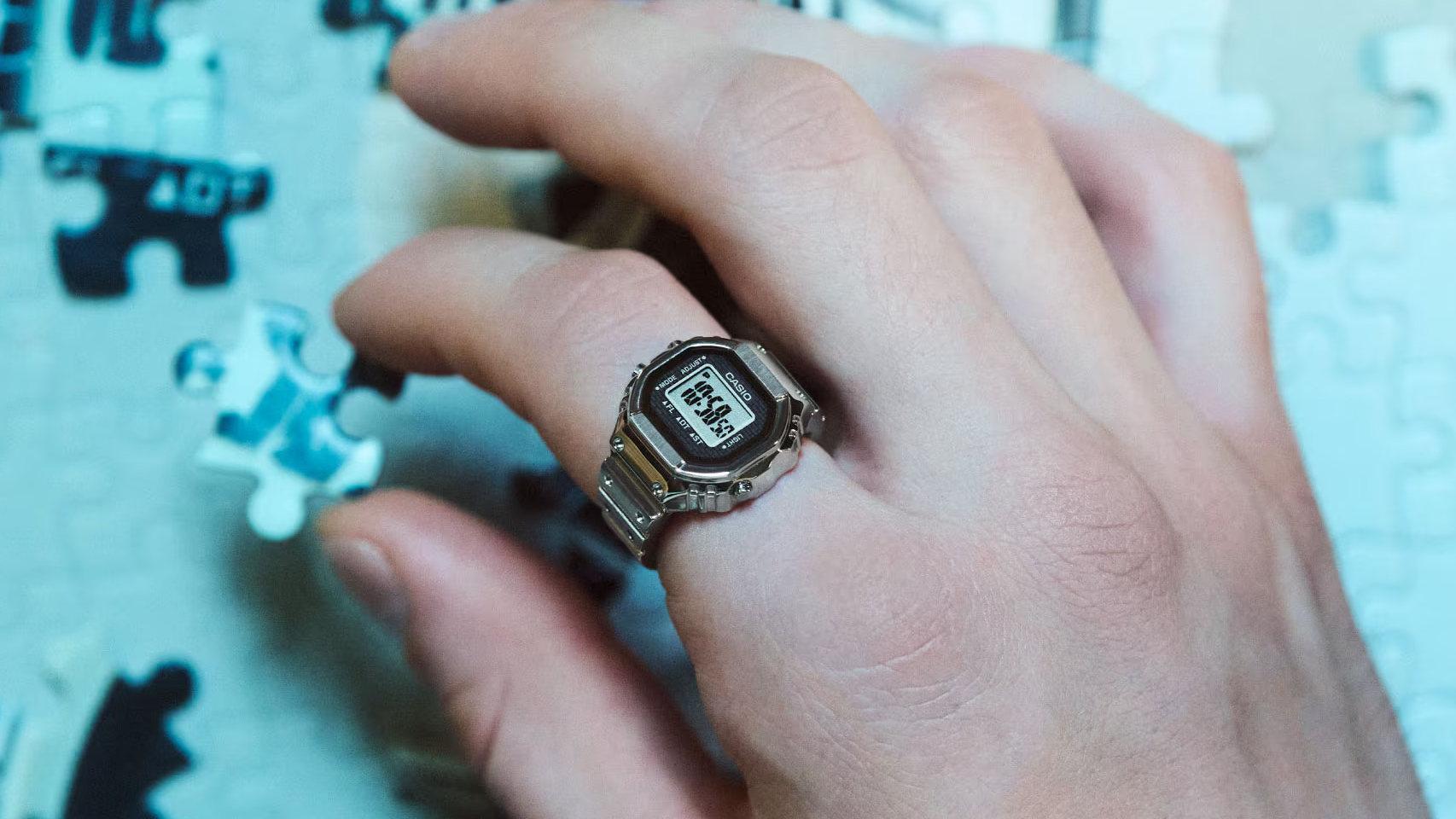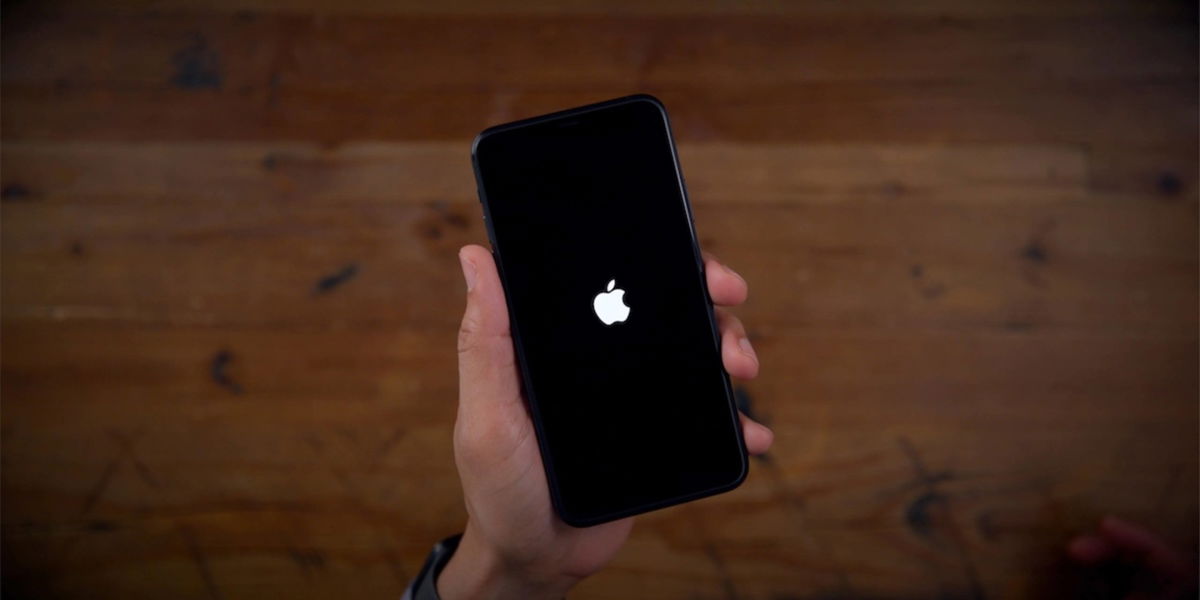Death is a taboo subject and perhaps you have never taken the time to think about it. What will happen to your photos, videos and other data on your iPhone when you die. This is something that one might a priori expect to be forgotten and that after a period of inactivity Apple will eliminate it, but this is not the case. In addition, since iOS 15.2, it is possible to leave what the Californian company has called digital legacy.
This is essentially an option that allows us choose a person as heir to our data. This way, when we die, you will be able to have access to the data that we provided to you during our lifetime. Of course, a series of requirements must be met.
How to Set Your iPhone So Someone Else Can Access It When You Die
The first thing is that to achieve this setup, you and the other person must have iOS 15.2 or later installed. Of course, it works with the current iOS 18 and all those that come. Given the compatibility of iOS 15, it will be enough to have an iPhone 6s or any other later model (including the “SE”).
What data will be transferred


The representative/heir will essentially be able to access all of the deceased’s iCloud information once their death is certified. Therefore, all such account associated information is included here.
- Pictures.
- Videos.
- E-mail.
- Messages synced with iCloud.
- Remarks.
- Voice notes.
- Files stored in iCloud Drive.
- “Health” data.
- Calendar.
- Reminders.
- Call history.
- Safari reading list and favorites.
What data the representative may not have
Despite the long list of information that will be consulted once death has been proven, the following data and information cannot under any circumstances be recovered and consulted:
- Licensed content such as movies, music, and books purchased with your Apple account.
- App Store purchases and subscriptions for apps and games.
- Payment information related to Apple Pay and other cards stored in the “Wallet” app.
- Access to applications and social networks.
Requirements to respect
- The representative/heir will not need have an Apple account.
- The owner of the iPhone and the heir must be over 13 years old at the time of configuration.
- The deceased’s Apple account must have two-factor authentication enabled.
- A data access key must be created at the time of configuration, which must also be known to the heir.
- The representative must have a death certificate to access the data.
Steps to set it up on your iPhone


- Open “Settings” on your iPhone and tap your name.
- Enter Connection and security.
- Now go to Digital Representative.
- Click “Add a digital representative”.
- Select the person you want to inherit your data from.
- Choose how you want to send the password: print it and give it to them in person on paper or by sending an SMS.
- Information about passwords synced with iCloud.
It must be said that from this same menu you can add more reps and even remove them if, for any reason, you no longer want them to be your heirs. Of course, keep in mind that with these changes the passcode will also change.
Likewise, tell yourself that on iPad and Mac it can also be configured following identical steps. The requirement here is that these devices have a version equal to or later than iPadOS 15.2 or macOS 12.2.
How to request a deceased relative’s iPhone data
As we explained previously, you must have a death certificate and It is essential to have been added as a representative by the deceased. There will be no way to access this account’s data in any other way, although there will be a way to delete it, as we will also see in the following sections.
Steps to access the deceased’s data


It all involves going to Apple’s Digital Legacy website. On this page, accessible from any browser, you must Click “Request access” and enter the security key which was generated when you were chosen as a representative and you filled out a form in which you will have several options to access the account information.
How to request deletion of previous account
This is the only option available if you have not been chosen as a representative for the deceased person. You can also do this through Apple’s Digital Legacy website, although in this case you must choose the “I don’t have an access key” option.
In this case A document proving the death of its owner will be requested and within approximately 30 days, Apple will respond and delete both the deceased’s account and the rest of the associated data. In this case, you will not be able to recover anything if you reside in countries like USA.
Exceptions for accessing the account
As we explained previously, if the deceased did not previously choose you as their representative, you can only delete your account. However, as Apple itself confirms, there is some countries where access can be obtained by court order or any other similar document.
This is not the case for USAalthough originating from Germany, Australia, the United States, France, Japan and New Zealand. It all ultimately depends jurisdiction of this country. And in most cases, it must be a judge who expressly authorizes it.
In this case, it is recommended to contact Apple technical support directly to find out the options specific to the territory in which you are located and to which the deceased’s Apple account is associated.
What happens if no one claims the deceased’s Apple account?


Digital services such as those offered by Apple often close accounts after years of inactivity. However, as the company itself was able to confirm to us, Apple will not delete the account even if it is not used for years.
It must be said that There will also be no complaints from Apple to the representatives designated by the deceased. This is why your account will remain dormant forever and retain all data. That or until the company changes its policies or eventually shuts down this service, which seems unlikely.
In Applesfera | How to create an iCloud account from any device
In Applesfera | We can therefore install and use the digital certificate of the Tax Agency on our iPhone, iPad or Mac using Safari
Table of Contents









